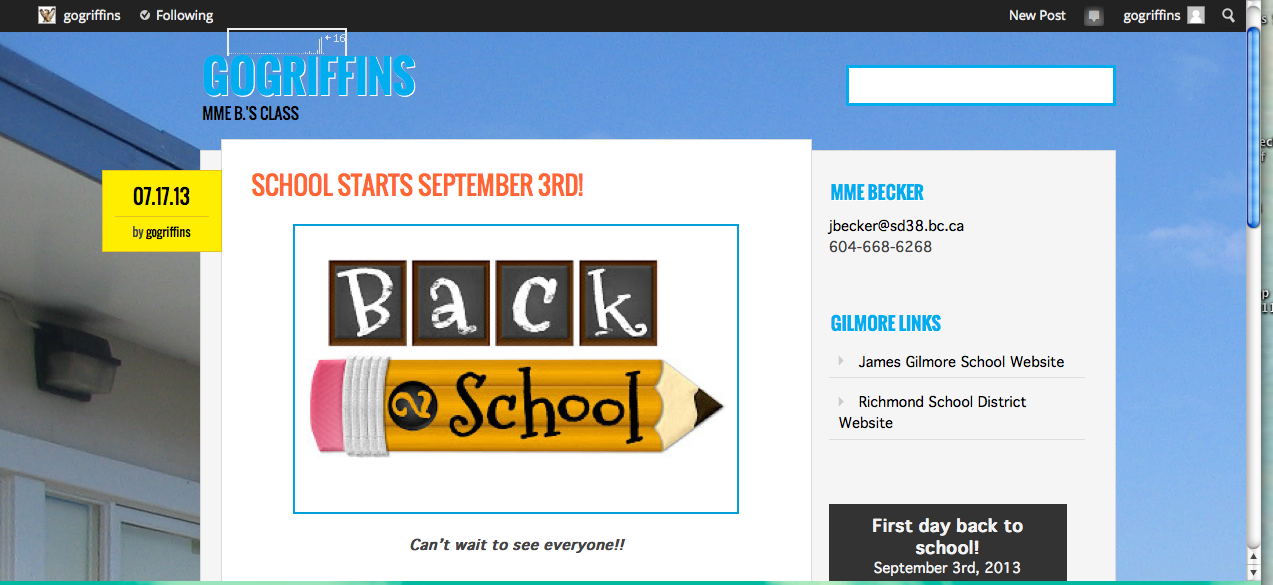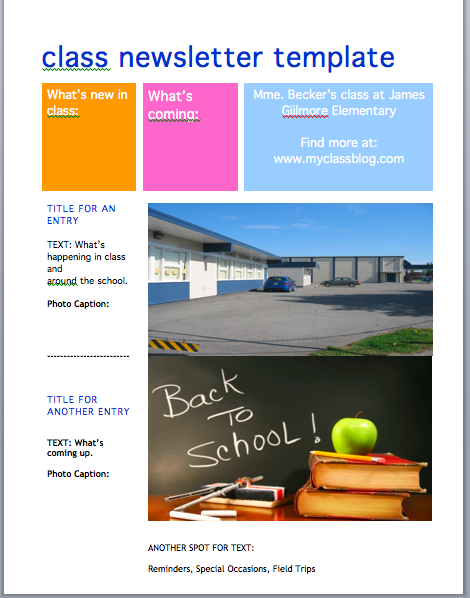We have come to an end of sorts. We have arrived at our destination and are to set upon other journeys…but we’ll never be the same. Our course is over, our journey is not.
Most University classes create opportunities for working with others…sometimes, some peers may actually become friends. I personally find learning from others’ experiences very enriching, more than reading a textbook. I value the wisdom, perspectives and stories of others. I connect with their words and feelings.
This course exceeded my expectations on this level. As we struggled to wrap our minds around big concepts and new theories, we bonded. Initially, I thought we would have our eyes on our screens for most of class but, as it turns out our use of technology just facilitated the learning we were doing. It enhanced it rather than take away that valuable human experience of learning together. The structure of the course made it possible to hear from everyone both online and in person. I feel fortunate to have had this experience and I am grateful to my peers for their contribution to the new-improved-me.
Before this class, I was not particularly “connected”. I tried to keep my online presence to a minimum. I hesitated to join groups, follow sites, etc. as I put a higher value on face-to-face interactions….but…then I saw the amazing ways my peers were using the internet to connect, band together and share. I also saw how online resources helped them organize their ideas, enhance their teaching and communicate with others on a larger scale. The idea of technology as a gadget or fad had passed–I realized using technology was now an expected way of life. Not just for the keen, but for everyone.
Now, having arrived at a terminus, it’s time to consider our next steps. Where to now? I know my way of thinking about so many things has changed. I know my confidence to take on new technology has improved. I know I have gained some insight into the future of education. I know that I have been in contact with some excellent educators and learned so much from them…and have ways to continue working with them.
My Future Vision Project was to make an e-mail newsletter template and to create a blog for my students’ parents. My goal was to develop a stronger partnership with them through better communication. My hope was that parents would feel more connected to our school experiences and would then be able to understand/appreciate what we were doing all day.
I have made a blog with consideration of aesthetics, ease of use, the kind of information my parents would want to see, security and overall, a site that would actually get used. Photos, reminders, helpful sites, a place to comment among the elements included on my blog site. It’s not done, but I have made a good start…fiddling with widgets and blogging a departure from my old self!
Have a look before I make it totally private:



